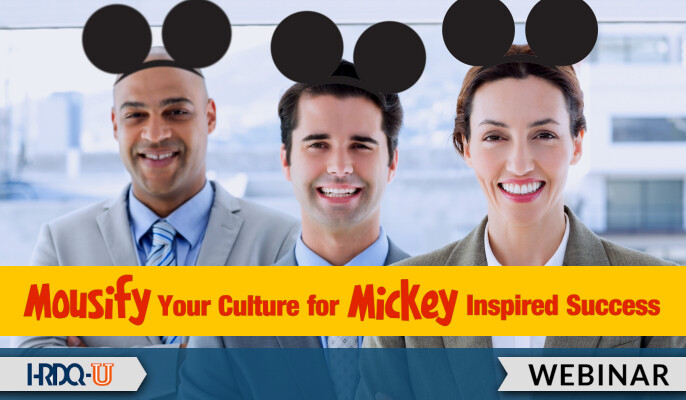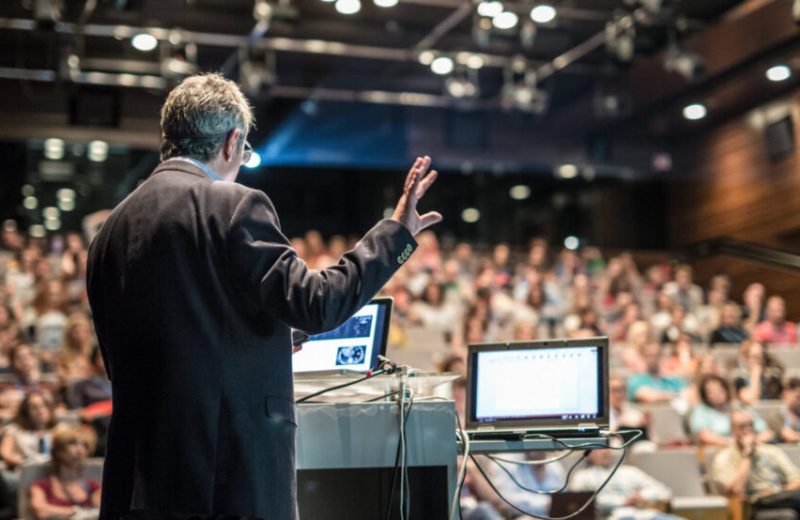Companies that aim for the heart have passionate customers who follow them on social media, join their fan clubs, buy their products, and rave about those products to others. Product, of course, matters. But it is purpose, not product, that drives success. Highly successful companies know this. They lead with purpose.
Apple is an excellent example of a company that leads with purpose. Although it appears to be technology-driven, it has a distinctly human focus. Apple harnesses technology to serve human lifestyle needs in simple, seamless, and integrated ways.
Southwest Airlines is another example. It wears its heart on its sleeve – literally. Their stock market symbol is LUV. Their logo is a heart. The entire organization is people-centered. Flight officers and attendants have fun, pitch in to help each other, and deliver a relaxed atmosphere for passengers. Southwest Airline’s business may be transportation, but they connect people with each other, both internally through people-focused behaviors and externally by making plane travel as hassle-free and engaging as possible.
Hamilton Health Care System, a self-contained healthcare provider in Georgia, and one of my clients, knew intuitively why they served. As with most health care professionals, Hamilton’s people entered the health care field because they wanted to help others. But, it wasn’t until Hamilton specified their purpose that their HCAHPS scores (Hospital Consumer Assessment of Healthcare Providers and Systems) rose. The result of a clearly stated purpose was an increase in patient satisfaction that led to enhanced local reputation and higher reimbursements from Medicare and Medicaid.
Lowes Foods, a 100-plus Carolina-based grocery chain I worked extensively with, offers another example. They are local and proud of it. Their billboards champion their ‘locally grown’ connection. Their stores are reminiscent of a small Carolina town farmer’s market. They showcase local products whenever possible. They host in-store cooking and nutrition classes. They support local events. They treat you like a neighbor. When you shop at Lowes, you are visiting friends who will help you plan the perfect meal.
And Walt Disney is, of course, the ultimate example. Walt was very clear on his purpose: creating happiness. He even called Disneyland “the happiest place on earth.” Everything the Disney organization did was aligned with the goal of creating happiness.
When an organization is clear about its purpose, as Disney is, and articulates that purpose clearly to its people, individual, departmental, and corporate actions become focused. And, if that purpose is perceived as desirable, talented people want to work there, investors want to invest there, and customers want to purchase there.
At Disney, the need to deliver happiness was codified into one sentence: “We create happiness by delivering the finest in family entertainment for people of all ages, everywhere.” For ease in comprehension, and to tighten focus for frontline service personnel, and to make training more effective, the sentence was shortened into a three-word Purpose Statement: “We create happiness.”
“We create happiness” is inculcated into every aspect of a Disney cast member’s career. It is taught in orientation and on-the-job training, reinforced in performance reviews and in recognition and promotional opportunities, stated in meetings, and happiness success stories are shared and celebrated at every Disney event and celebration.
Purpose is, in summary, simple, concise, emotional, and profoundly human. It delivers that emotional hook that guides leaders, motivates employees, and turns customers into life-long fans. It is also the magical ingredient that makes it so easy for Disney to outperform the competition. Your organization can beat the competition. Lead with purpose and aim for the heart, and you can beat the competition, too.
















